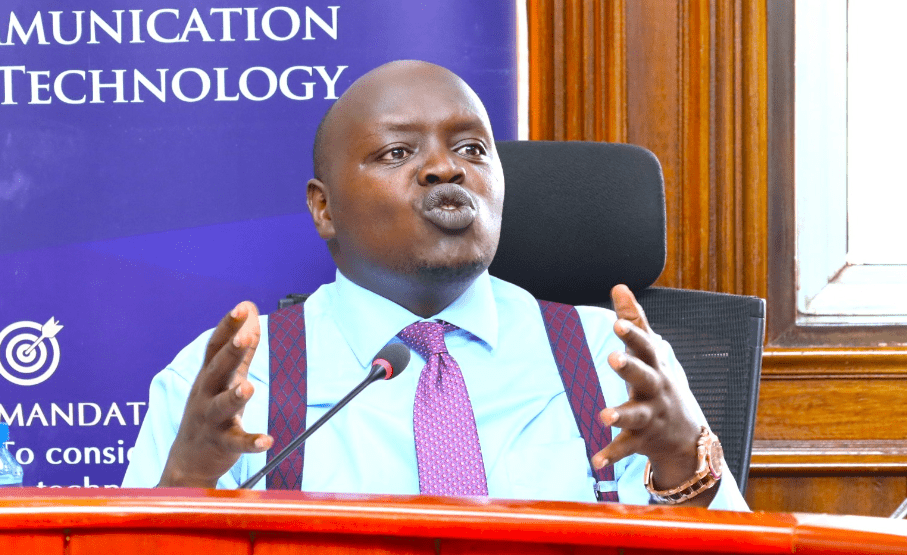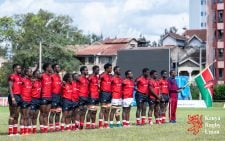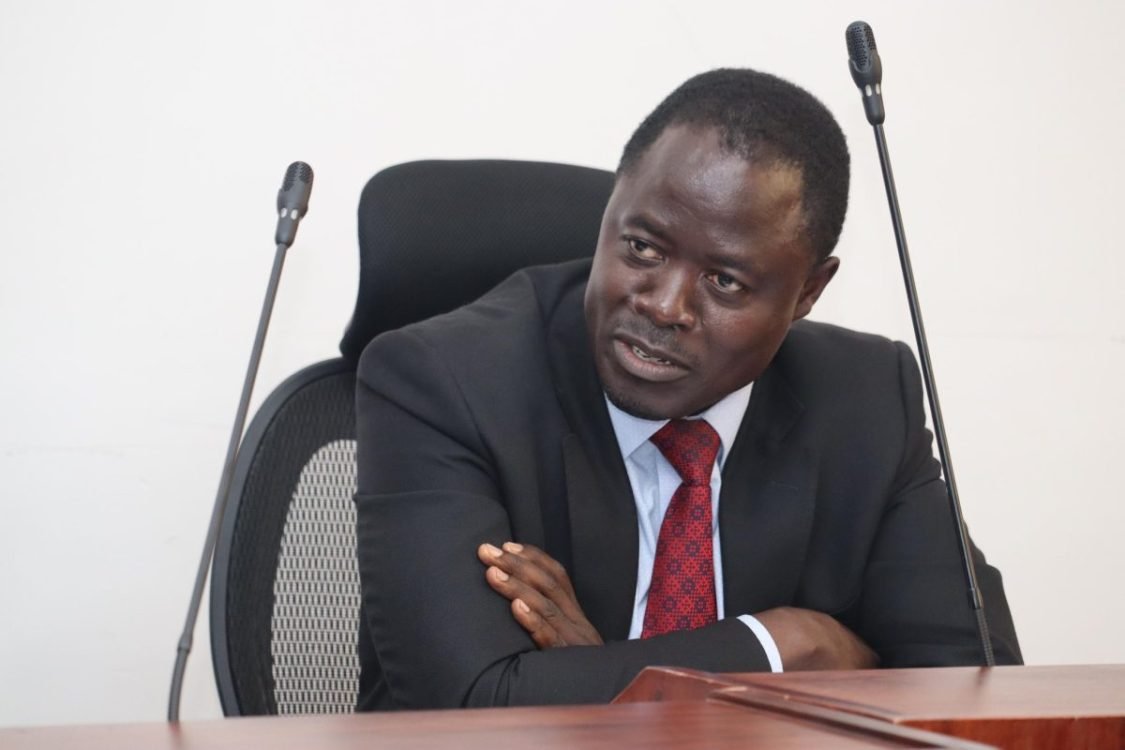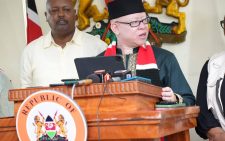Where women strike it out at ballast sites as adverse times hit
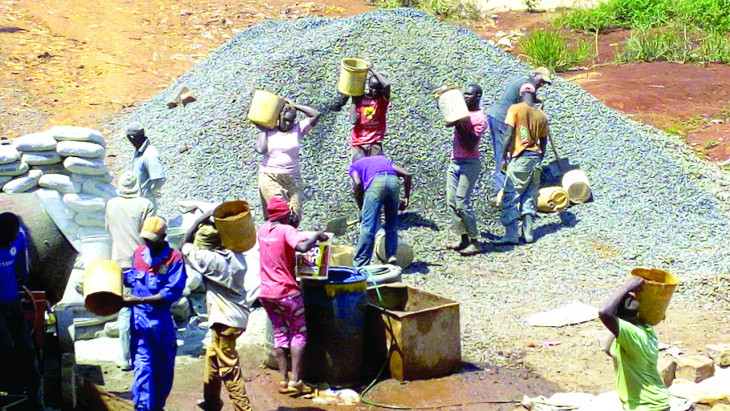
Ballast-making in Tharaka-Nithi county dates back to the early 1990s when road construction added to the demand for permanent structures and real estate.
Ballast is obtained from crushed igneous granite rocks that were a result of volcanic activities. The rocks are available in different areas, mostly near river banks.
In Mucwa, where the business thrives, you are welcomed by people sitting under shades crushing stones. Tungu stream, which flows through Mucwa near Chuka University, is blessed with large deposits of igneous granite rocks.
People living near the river take advantage of the rising demand for ballast (kokoto), to make money.
When the rocks are big and can’t be crushed easily, explosives are used. The smaller pieces are then crushed by machine, or by hand using hammers, explains Muchiri M’Baini, a local ballast dealer.
In the past, kokoto crushing was exclusively male-dominated. But with the current harsh economic times, women are venturing into the trade. “When you need money to feed your family, you don’t have time to choose jobs. What matters is to put food on the table,” says Rosemary Kagendo.
Nowadays, the number of women in kokoto trade equals that of men. Most casual labourers do it as their main source of income.
Desperate workers
Those without stone-crushing machines use manual labour and sell the ballast in 20kg containers. Kagendo, who works at the site, said she sells a 20kg container at Sh15. In a week, one can crush around 60 such containers.
“Some people do the job out of desperation. Currently, farm work is over but I have to sustain my family. This is the only side hustle available,” she said.
The hustle has its challenges. After digging deep into the ground to get the rocks, huge pits with hanging cliffs are formed, posing risks to residents.
The craters also fill up with water, becoming mosquito breeding grounds.
There is no plan currently to restore the ballast site to any beneficial use. Such a programme needs to be developed and approved by regulatory agencies, with funding set aside for it.





